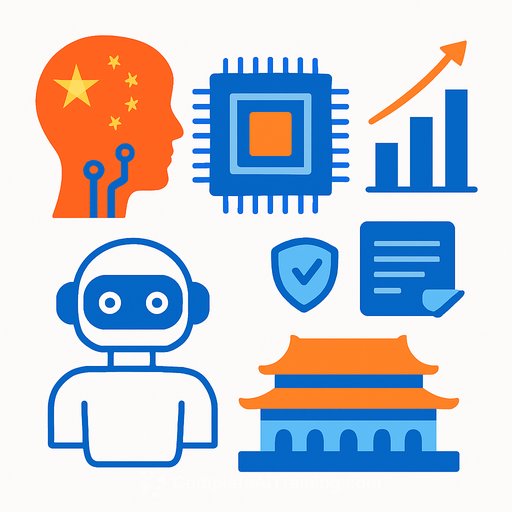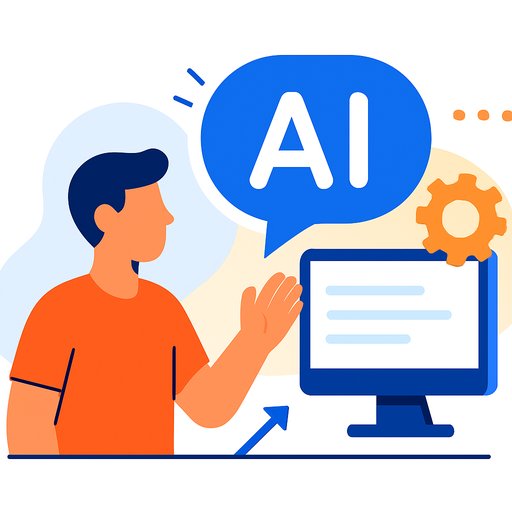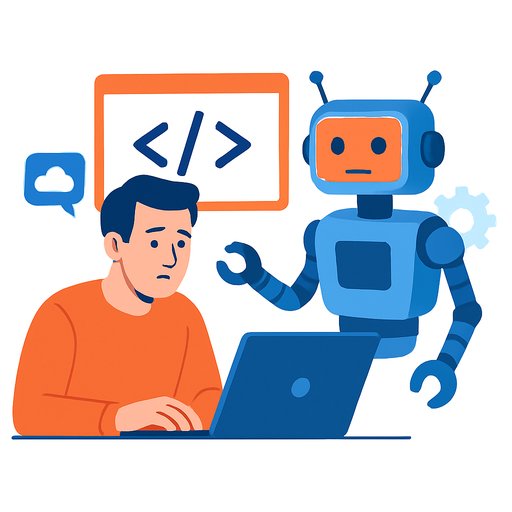China's next AI push (2026-2030): models, chips, and "AI Plus" across industry
China signaled a bigger, more coordinated push on artificial intelligence for the 15th Five-Year Plan (2026-2030). At a news conference in Beijing, Minister of Science and Technology Yin Hejun said the plan centers on stronger top-level design and systematic deployment to drive high-quality development.
Officials highlighted steady progress in core AI research, including foundational large models and humanoid robots. The domestic AI sector has scaled up, with more than 4,500 enterprises by the end of last year. The message was clear: AI is moving from pilots to production across the economy.
Yin noted a fast-forming collaborative innovation ecosystem and called out "AI Plus" as a lever for growth in manufacturing, finance, and healthcare. The next phase aims to deepen integration, not just build demos.
What this means for IT and developers
- Model algorithms get priority: Expect investment in new architectures, multimodal systems, training efficiency, and inference speed. Skill up in training pipelines, retrieval augmentation, quantization, sparsity, and evaluation. If you're building LLM features, prepare for tighter benchmarks on safety and reliability.
- Chips and portability matter: With focus on high-end computing chips, portability across accelerators becomes critical. Use frameworks and compilers that target multiple backends, keep operators modular, and avoid vendor lock-in at the kernel level.
- "AI Plus" drives enterprise demand: Anticipate more projects plugging AI into MES/SCADA, ERP, core banking, claims, and hospital systems. MLOps, observability, data quality, and integration with existing IAM and audit trails will be where projects succeed or stall.
- Governance is part of the spec: Build-in policies for dataset provenance, model documentation, risk controls, and incident response. Align with well-known guidance such as the NIST AI Risk Management Framework and the OECD AI Principles.
System-level priorities highlighted
- Enhanced top-level design and coordinated deployment across ministries and sectors.
- Foundational research on new model algorithms and high-end computing chips.
- Deep "AI Plus" integration with science and tech, industrial development, consumer systems, and public services.
- Stronger governance: laws, regulations, application norms, and ethical guidelines.
- International cooperation to position AI as a public good and address shared challenges.
Practical next steps for engineering teams
- Abstract the hardware: Choose runtimes and compilers that support multiple accelerators. Keep a clean separation between model code and kernel implementations.
- Build a reliable MLOps spine: Containerize training and inference, standardize on feature stores, set up eval suites, canary deploys, and rollback paths. Track lineage end to end.
- Treat safety as a requirement: Add red-teaming, content filters, and monitoring for drift and prompt injection. Document intended use, known limits, and test coverage with each release.
- Data contracts first: Define schemas, consent, and retention upfront. Automate checks for PII, bias indicators, and data freshness before models touch production.
- Integrate with core systems: Wire models into existing ERP, banking cores, or hospital HIS with strict auth, rate limits, and audit logs. Stability beats novelty in enterprise environments.
- Upskill your team: Cross-train app engineers in LLM ops and evaluators in product metrics. Centralize patterns for agents, RAG, and tool use so teams don't rebuild the same stack five times.
Yin emphasized refining laws, policies, and ethics while expanding global collaboration. For teams, that means shipping value while meeting stricter documentation, testing, and accountability standards from day one.
If you need a shortcut to practical upskilling paths by role, see our curated tracks for engineers and IT leaders: AI courses by job.
Your membership also unlocks:






